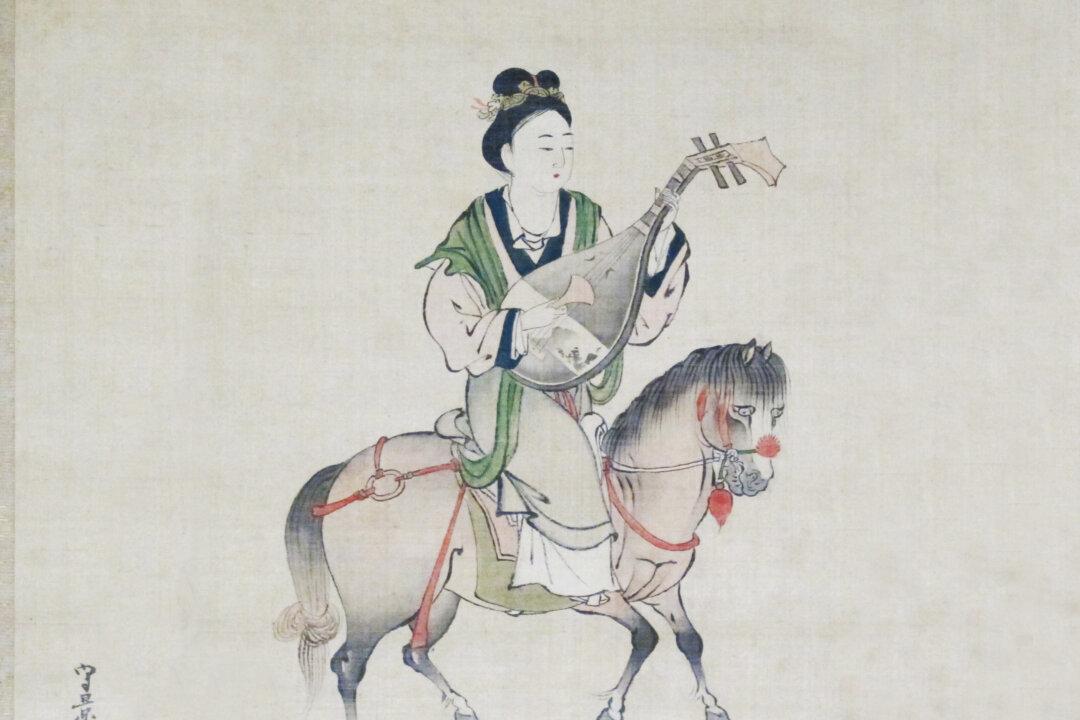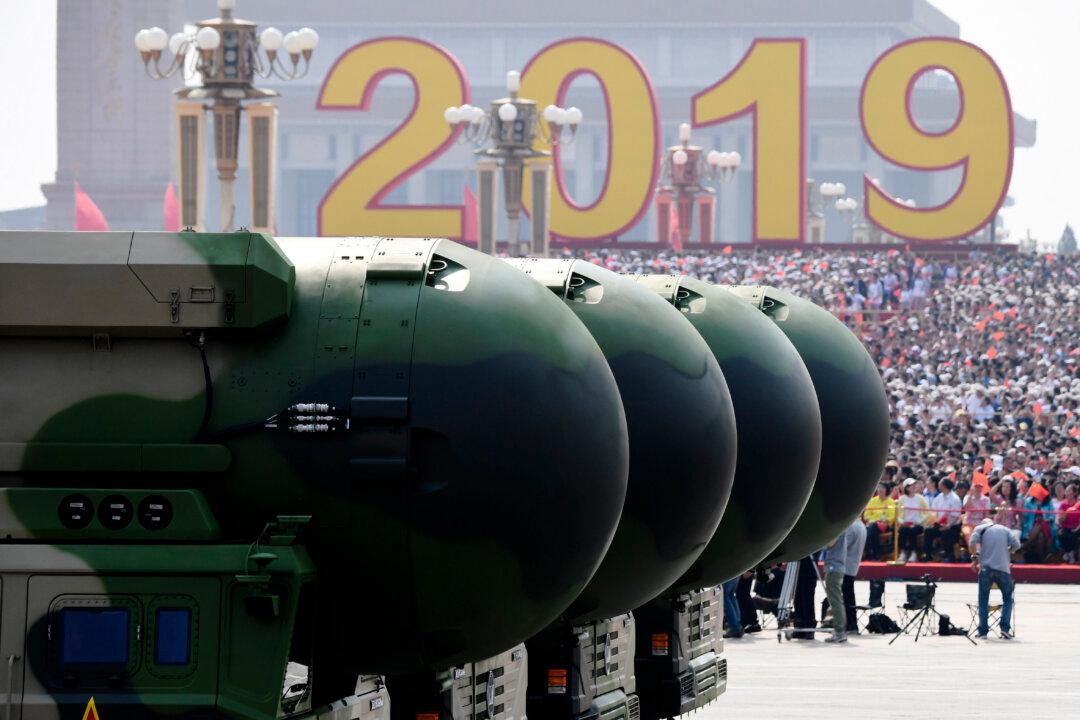The Xiongnu were a group of nomadic tribes living north of the Great Wall. Ancestors of the modern Mongols, thousands of years ago they made incursions into China on horseback, laying waste to the towns and villages of the sedentary, agrarian Chinese civilization.
Hundreds of years before Attila’s hordes ravaged the Western Roman Empire, China’s Han Dynasty (206 B.C.–220 A.D.) was locked in never-ending struggle with the enemy from the steppe.
But when the war stopped and friendly ties between the Han and Xiongnu were established for half a century, it was not accomplished by force of arms, but through the charm and sacrifice of one woman, Wang Zhaojun.
Invisible Concubine
Wang Zhaojun lived about 2,000 years ago and served as a concubine in the Han imperial court during the reign of Emperor Yuan. As was the case with many prestigious Chinese rulers, Emperor Yuan maintained a harem of thousands of palace women, most of whom never got to see the Son of Heaven up close, let alone become intimate with him.
Emperor Yuan had artists paint portraits of all his court ladies so he could look through them at his leisure. Many of the women, each wanting to win the emperor’s favor for herself, bribed the artists so that they would depict them more beautifully. The artists made quite a lot of money off of this habit. In the end they even expected such “tips” as a matter of course.
Wang, however, was above using money to buy the beauty she already possessed. This angered her painter, Mao Yanshou, who deliberately drew her to look ugly. Her extraordinary appearance and talents were overlooked, and Wang Zhaojun remained an ordinary court lady.
Emperor Yuan Gives Away A Beauty
Years passed before the chieftain of a Xiongnu tribe, the Shan-Yu Khukhenye, entered China, not to raid or sack, but in peace. His clan, having many years prior pledged allegiance to the previous Han emperor, now rose to primacy among the Xiongnu peoples. Now he had a special request: to marry a Chinese princess and become a member of the imperial family.
The emperor was not willing to entertain the prospect of allowing what most Chinese saw as barbarians mix with royal blood, but sorting through his collection of palace girl portraits, Emperor Yuan picked out a more appropriate match for the Xiongnu chief—the “plain” Wang Zhaojun.
Another version of the story says that Wang volunteered for the role, and the emperor approved based on the painter Mao Yanshou’s unflattering depiction of her.




